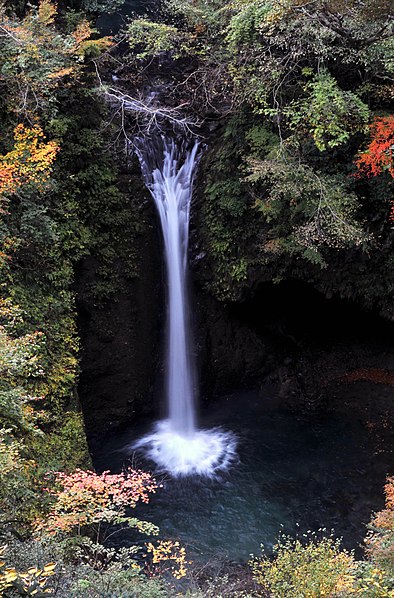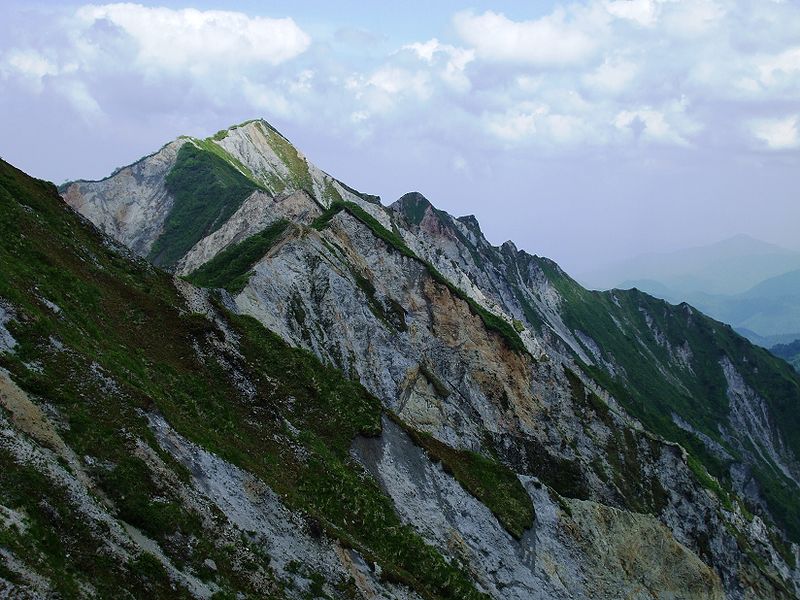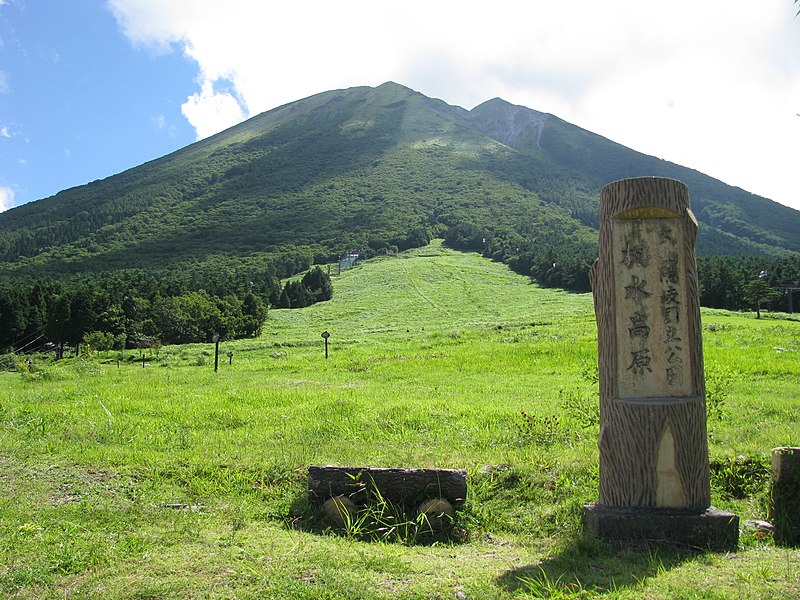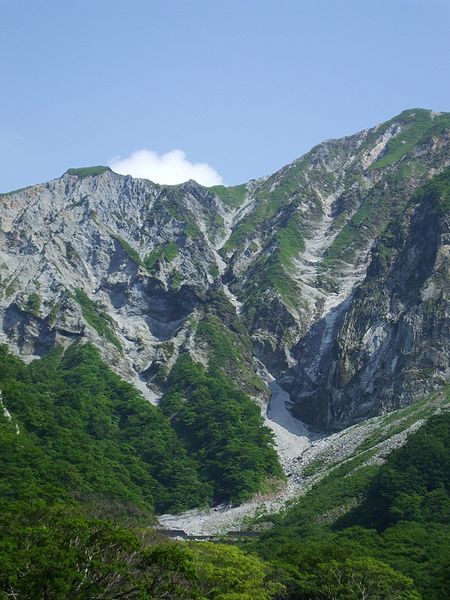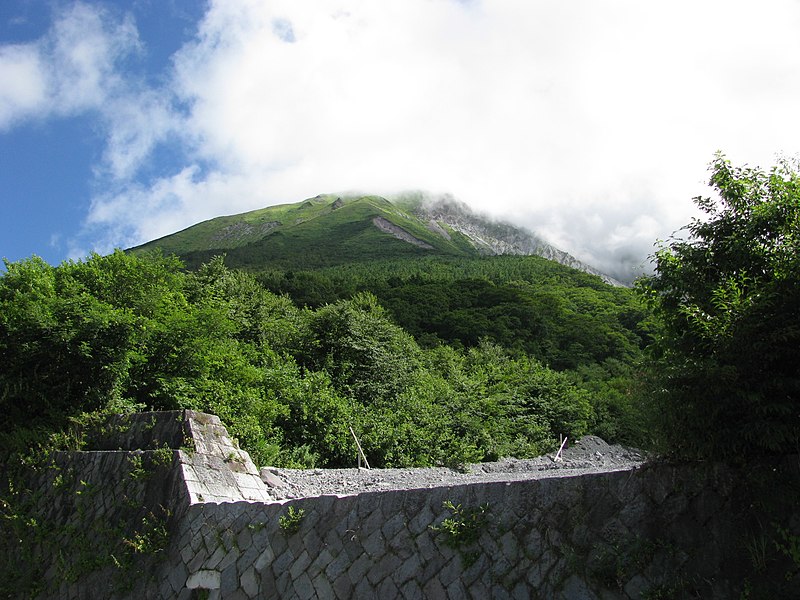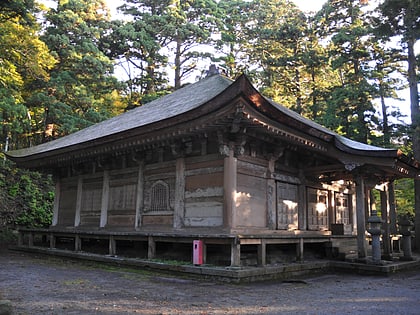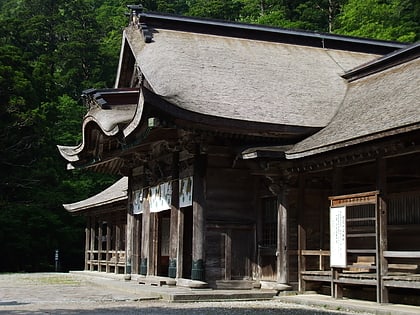Mount Daisen
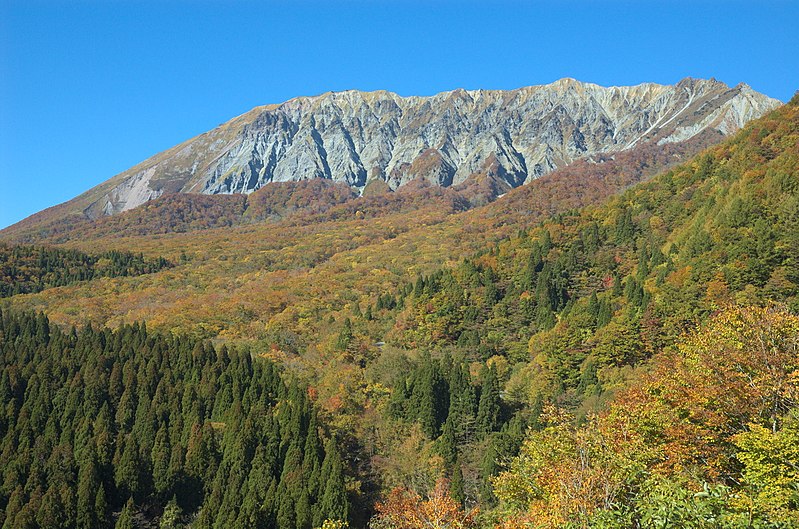
Facts and practical information
Mount Daisen, an imposing stratovolcano, stands as a natural marvel in the Chūgoku region of Japan. Reaching a height of 1,729 meters, it is the tallest mountain in the region and a prominent feature of Daisen-Oki National Park. Often referred to as the "Mt. Fuji of Western Japan," Mount Daisen boasts a symmetrical profile and is a striking figure against the landscape.
Formed by volcanic activity that began roughly 1.8 million years ago, Mount Daisen's last eruption is believed to have occurred around 7,000 to 8,000 years ago. Despite its dormant status, it remains a significant subject of study for volcanologists due to its history and potential activity.
Mount Daisen is not only a geological wonder but also a cultural and spiritual site. At its base, visitors can find the ancient Daisenji Temple, a key location for Shugendo practitioners, who merge Shinto and Buddhist beliefs. The mountain and its surrounding forests are dotted with hiking trails, which become especially popular during the spring and summer when the slopes are blanketed in lush greenery and wildflowers.
In the winter, the mountain transforms into a premier ski destination, with the Daisen White Resort offering a variety of runs for skiing and snowboarding enthusiasts. The contrast between the snow-covered peak and the clear blue sky creates a picturesque scene, attracting photographers and nature lovers alike.
Mount Daisen is also recognized for its rich biodiversity. The forests are home to a variety of plant species and wildlife, including the rare Daisen Kurinso flower, which is endemic to the area. Birdwatchers flock to the region to spot the Japanese grosbeak, among other bird species that inhabit the mountain's ecosystem.
Tottori
Mount Daisen – popular in the area (distance from the attraction)
Nearby attractions include: Daisen-ji, Ōgamiyama Shrine, Chūgoku Mountains.


